Home>Furniture & Design>Interior Design Trends>How To Make Glass Non-Reflective
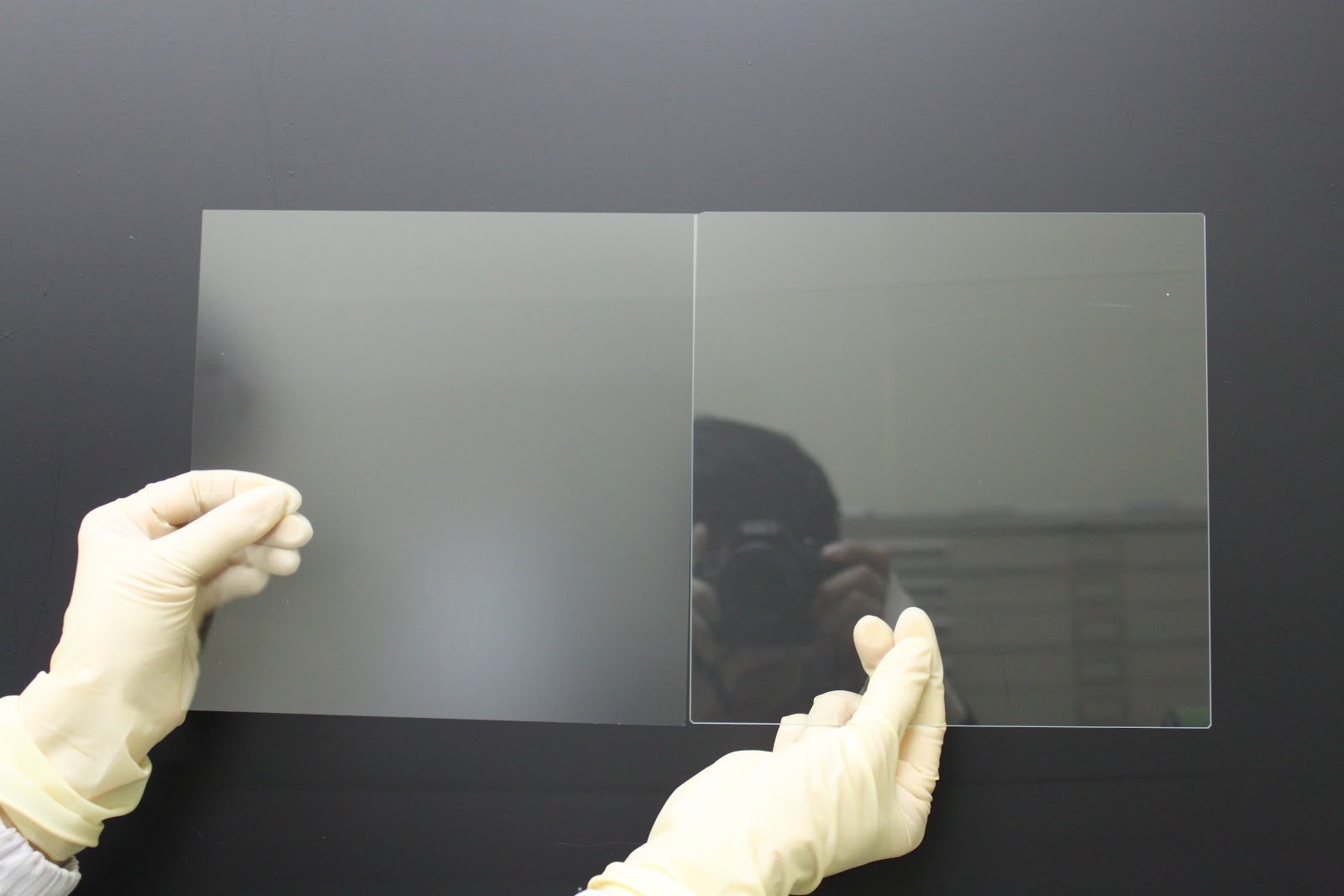

Interior Design Trends
How To Make Glass Non-Reflective
Published: February 6, 2024
Learn how to make glass non-reflective with these interior design trends. Enhance your space with these innovative techniques.
(Many of the links in this article redirect to a specific reviewed product. Your purchase of these products through affiliate links helps to generate commission for Storables.com, at no extra cost. Learn more)
Introduction
When it comes to interior design, the play of light and reflection can significantly impact the overall ambiance of a space. Reflective surfaces, such as glass, can add a touch of elegance and modernity to a room, but they can also create unwanted glare and visual distractions. Whether you're an interior design enthusiast or simply seeking to reduce glare in your living space, learning how to make glass non-reflective can be a game-changer.
By understanding the principles behind reflective glass and employing the right techniques, you can transform the way light interacts with glass surfaces. This not only enhances the aesthetic appeal of your space but also contributes to a more comfortable and visually pleasing environment. Whether you're dealing with large windows, glass tabletops, or decorative glass elements, the ability to control reflection can make a significant difference in the overall look and feel of a room.
In this comprehensive guide, we'll delve into the art of making glass non-reflective. From understanding the science behind reflective surfaces to the step-by-step process of achieving a non-reflective finish, we'll cover everything you need to know. Additionally, we'll explore the materials required, offer practical tips and tricks, and provide insights to help you master this transformative technique.
So, whether you're looking to minimize glare in your living room, create a more inviting dining area, or simply add a unique touch to your interior design, mastering the art of making glass non-reflective can open up a world of possibilities. Let's embark on this enlightening journey and discover the secrets to transforming reflective glass into a captivating, non-reflective marvel.
Key Takeaways:
- Say goodbye to glare! Transform reflective glass into a non-reflective marvel with simple materials and expert techniques. Elevate your living space with a visually appealing and comfortable ambiance.
- Unleash your creativity! Master the art of making glass non-reflective to personalize your living space. Reduce glare, enhance visual appeal, and create a cozy, inviting environment with ease.
Understanding Reflective Glass
Reflective glass, also known as mirror glass or one-way mirror, possesses the unique ability to reflect light and images. This characteristic is achieved through a thin metallic coating applied to the glass surface during the manufacturing process. The coating, typically made of metal oxides, allows the glass to reflect a significant portion of the light that strikes it, resulting in a mirror-like appearance.
The reflective properties of this type of glass make it a popular choice for architectural applications, such as building facades, windows, and decorative elements. In interior design, reflective glass is often used to create a sense of spaciousness and to introduce a modern, sleek aesthetic. However, the reflective nature of this glass can also lead to unwanted glare and visual distractions, especially in spaces with abundant natural light.
Understanding the science behind reflective glass involves recognizing the principles of light reflection and transmission. When light strikes a reflective glass surface, a portion of it is reflected, bouncing off the glass at an angle equal to the angle of incidence. This reflection creates a mirror-like effect, where images and light sources are mirrored on the glass surface.
In contrast, non-reflective glass, also known as anti-glare or non-glare glass, is designed to minimize reflection and glare. This is achieved through various methods, including etching the glass surface to scatter light, applying anti-reflective coatings, or altering the glass composition to reduce its reflective properties.
By understanding the characteristics of reflective glass and its impact on light transmission, one can appreciate the need for techniques to make glass non-reflective. Whether it's for practical reasons, such as reducing glare in a workspace, or for aesthetic purposes in interior design, the ability to control the reflective properties of glass opens up a world of creative possibilities.
In the next section, we will explore the materials needed and the step-by-step process of making glass non-reflective, empowering you to transform reflective glass surfaces into captivating, non-reflective features within your living space.
Materials Needed
To embark on the journey of making glass non-reflective, you will need a set of essential materials to ensure a successful transformation. These materials are readily available and can be easily acquired from hardware stores or specialty suppliers. Here's a comprehensive list of the materials required to achieve a non-reflective finish on glass surfaces:
-
Non-Reflective Glass Film: This specialized film is designed to reduce reflection and glare on glass surfaces. It is available in various sizes and can be easily cut to fit specific dimensions, making it a versatile solution for different glass applications.
-
Glass Cleaner: A high-quality glass cleaner is essential to prepare the glass surface for the application of the non-reflective film. Ensure that the cleaner is free from streak-inducing additives to achieve a pristine, smooth surface.
-
Lint-Free Cloth or Squeegee: A lint-free cloth or squeegee is indispensable for removing any dust, dirt, or residue from the glass surface before applying the non-reflective film. This ensures a clean and smooth foundation for the film to adhere to.
-
Utility Knife or Scissors: A sharp utility knife or a pair of scissors is necessary for cutting the non-reflective film to the precise dimensions of the glass surface. This allows for a custom fit and a professional-looking finish.
-
Spray Bottle with Water and Dish Soap Solution: A mixture of water and mild dish soap in a spray bottle serves as a lubricant during the application of the non-reflective film. This solution facilitates proper positioning and adjustment of the film before it adheres to the glass.
-
Heat Gun or Hair Dryer: A heat gun or a hair dryer is used to activate the adhesive on the non-reflective film, ensuring a secure bond to the glass surface. The application of heat also helps to remove any wrinkles or air bubbles for a flawless finish.
-
Ruler or Measuring Tape: Accurate measurements are crucial for cutting the non-reflective film to the exact size required for the glass surface. A ruler or measuring tape enables precise dimensions, resulting in a seamless application.
-
Soft Edged Squeegee or Credit Card: A soft edged squeegee or a credit card is employed to smooth out the non-reflective film during the application process, ensuring that any air bubbles or creases are eliminated for a polished appearance.
By gathering these essential materials, you will be well-equipped to embark on the process of making glass non-reflective. With the right tools at your disposal, you can confidently transform reflective glass surfaces into captivating, non-reflective features, enhancing the visual appeal and functionality of your living space.
To make glass non-reflective, you can apply a non-reflective coating or film to the surface. This will reduce glare and make the glass easier to see through.
Steps to Make Glass Non-Reflective
-
Prepare the Glass Surface: Begin by thoroughly cleaning the glass surface using a high-quality glass cleaner and a lint-free cloth. Ensure that the surface is free from any dust, dirt, or residue that could affect the adhesion of the non-reflective film.
-
Measure and Cut the Film: Using a ruler or measuring tape, carefully measure the dimensions of the glass surface. With a sharp utility knife or scissors, cut the non-reflective film to the precise size required, allowing for a slight overlap to ensure complete coverage.
-
Create a Lubricating Solution: Fill a spray bottle with a mixture of water and mild dish soap. This solution will serve as a lubricant during the application process, allowing you to adjust the position of the film before it adheres to the glass.
-
Apply the Film: Liberally spray the glass surface with the water and dish soap solution. Peel the backing from the non-reflective film and spray the adhesive side as well. Carefully position the film onto the glass, ensuring a precise fit, and use a soft edged squeegee or credit card to smooth out any air bubbles or creases.
-
Remove Air Bubbles and Wrinkles: Once the film is in place, use a heat gun or hair dryer to gently heat the surface, starting from the center and moving outwards. This activates the adhesive, allowing the film to bond securely to the glass. As you apply heat, use the squeegee to remove any remaining air bubbles or wrinkles for a flawless finish.
-
Trim Excess Film: After the film has adhered to the glass, carefully trim any excess material using a sharp utility knife. Pay attention to the edges and corners to ensure a clean and professional appearance.
-
Final Inspection: Once the non-reflective film is applied and trimmed, inspect the glass surface for any remaining imperfections. Make any necessary adjustments to ensure a smooth and uniform finish.
By following these step-by-step instructions, you can effectively make glass non-reflective, transforming reflective surfaces into visually appealing and functional elements within your living space. With the right materials and a methodical approach, you can achieve a non-reflective finish that enhances the ambiance and comfort of your interior design.
Tips and Tricks
Achieving a flawless non-reflective finish on glass surfaces requires attention to detail and a few expert tips and tricks. By incorporating these insights into the application process, you can elevate the outcome and ensure a professional, polished result.
-
Work in a Controlled Environment: Choose a clean and dust-free environment for applying the non-reflective film to the glass. Minimizing airborne particles and ensuring a stable temperature can prevent imperfections during the application process.
-
Use Ample Lubrication: When applying the non-reflective film, generously spray the glass surface and the adhesive side of the film with the water and dish soap solution. This lubrication facilitates proper positioning and adjustment, allowing you to achieve a seamless, bubble-free application.
-
Employ the Heat-Forming Technique: For curved or irregularly shaped glass surfaces, the heat-forming technique can be employed to ensure a snug fit of the non-reflective film. Gently heat the film with a heat gun or hair dryer, allowing it to conform to the contours of the glass for a tailored finish.
-
Prioritize Precision Cutting: Take time to measure and cut the non-reflective film with precision. Accurate dimensions and clean edges contribute to a professional-looking result, ensuring that the film fits seamlessly onto the glass surface.
-
Address Air Bubbles Methodically: While smoothing out the film, address any air bubbles systematically by starting from the center and working towards the edges. Using a soft edged squeegee or credit card, gradually push the bubbles towards the edges for a smooth, bubble-free application.
-
Exercise Patience with Trimming: When trimming the excess film, exercise patience and precision to achieve clean, even edges. A steady hand and a sharp utility knife are essential for creating a seamless transition from the film to the glass surface.
-
Inspect and Adjust: After applying the non-reflective film, thoroughly inspect the glass surface for any imperfections. If necessary, make adjustments to ensure a flawless, non-reflective finish that enhances the visual appeal of the glass.
By incorporating these tips and tricks into the process of making glass non-reflective, you can elevate the outcome and achieve a professional, visually appealing result. With attention to detail and a methodical approach, you can transform reflective glass surfaces into captivating, non-reflective features within your living space.
Conclusion
In conclusion, mastering the art of making glass non-reflective opens up a world of creative possibilities in interior design and practical applications. By understanding the principles of reflective glass and employing the right techniques, one can transform the way light interacts with glass surfaces, enhancing the aesthetic appeal and functionality of living spaces.
The process of making glass non-reflective involves a systematic approach, from preparing the glass surface to applying the non-reflective film with precision. By following the step-by-step instructions and incorporating expert tips and tricks, individuals can achieve a flawless, non-reflective finish that minimizes glare and visual distractions.
The impact of non-reflective glass extends beyond its practical benefits. In interior design, non-reflective glass can contribute to a more inviting and visually pleasing environment. Whether it's reducing glare in a workspace, creating a cozy dining area, or adding a unique touch to a living room, the ability to control the reflective properties of glass empowers individuals to tailor their living spaces to their preferences.
Furthermore, the materials required for making glass non-reflective are readily available, making this technique accessible to anyone seeking to enhance their interior design or address practical concerns related to reflective surfaces. With essential materials such as non-reflective glass film, glass cleaner, and a few basic tools, individuals can embark on the journey of transforming reflective glass into captivating, non-reflective features.
Ultimately, the art of making glass non-reflective represents a harmonious blend of practicality and creativity. It offers a solution to mitigate glare and visual distractions while presenting an opportunity to enhance the visual appeal of interior spaces. By mastering this transformative technique, individuals can take control of the way light interacts with glass surfaces, creating a more comfortable, visually engaging, and personalized living environment.
In essence, the journey of making glass non-reflective is a testament to the transformative power of interior design techniques. It empowers individuals to shape their living spaces according to their preferences, fostering a harmonious balance between functionality and aesthetic appeal. Whether it's a subtle enhancement or a dramatic transformation, the art of making glass non-reflective holds the potential to elevate the ambiance and visual allure of any interior space.
Frequently Asked Questions about How To Make Glass Non-Reflective
Was this page helpful?
At Storables.com, we guarantee accurate and reliable information. Our content, validated by Expert Board Contributors, is crafted following stringent Editorial Policies. We're committed to providing you with well-researched, expert-backed insights for all your informational needs.
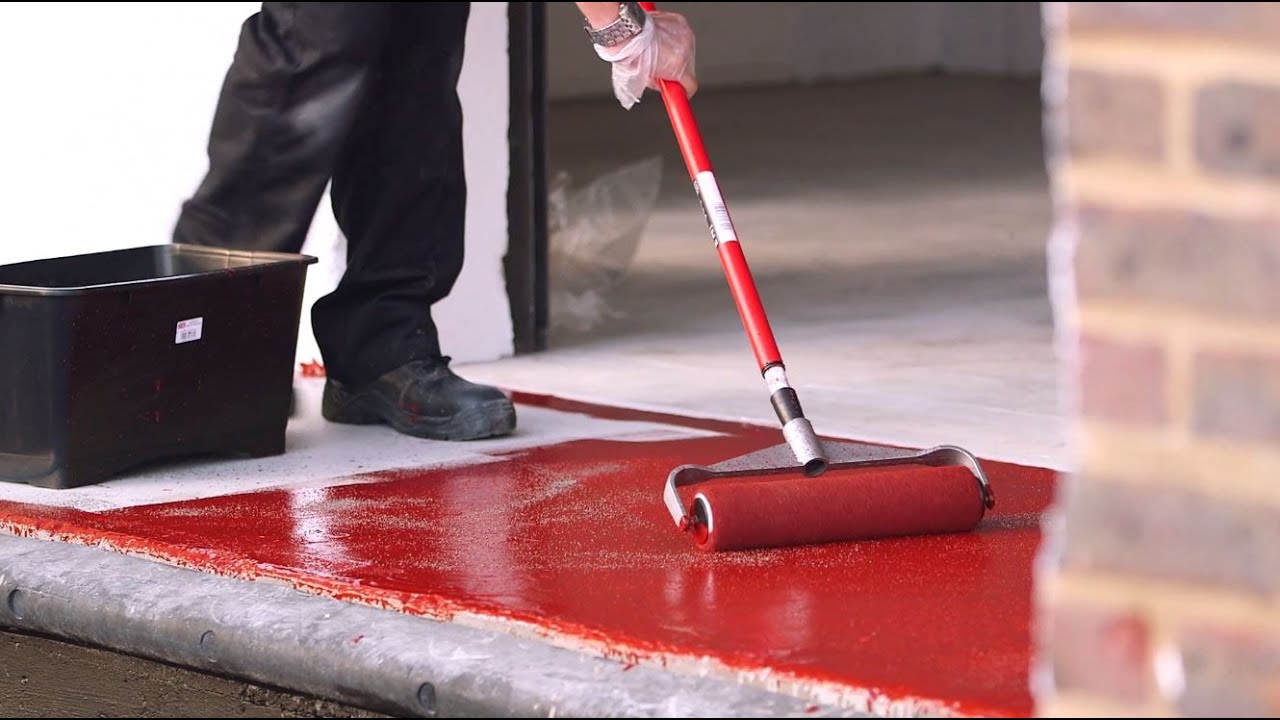
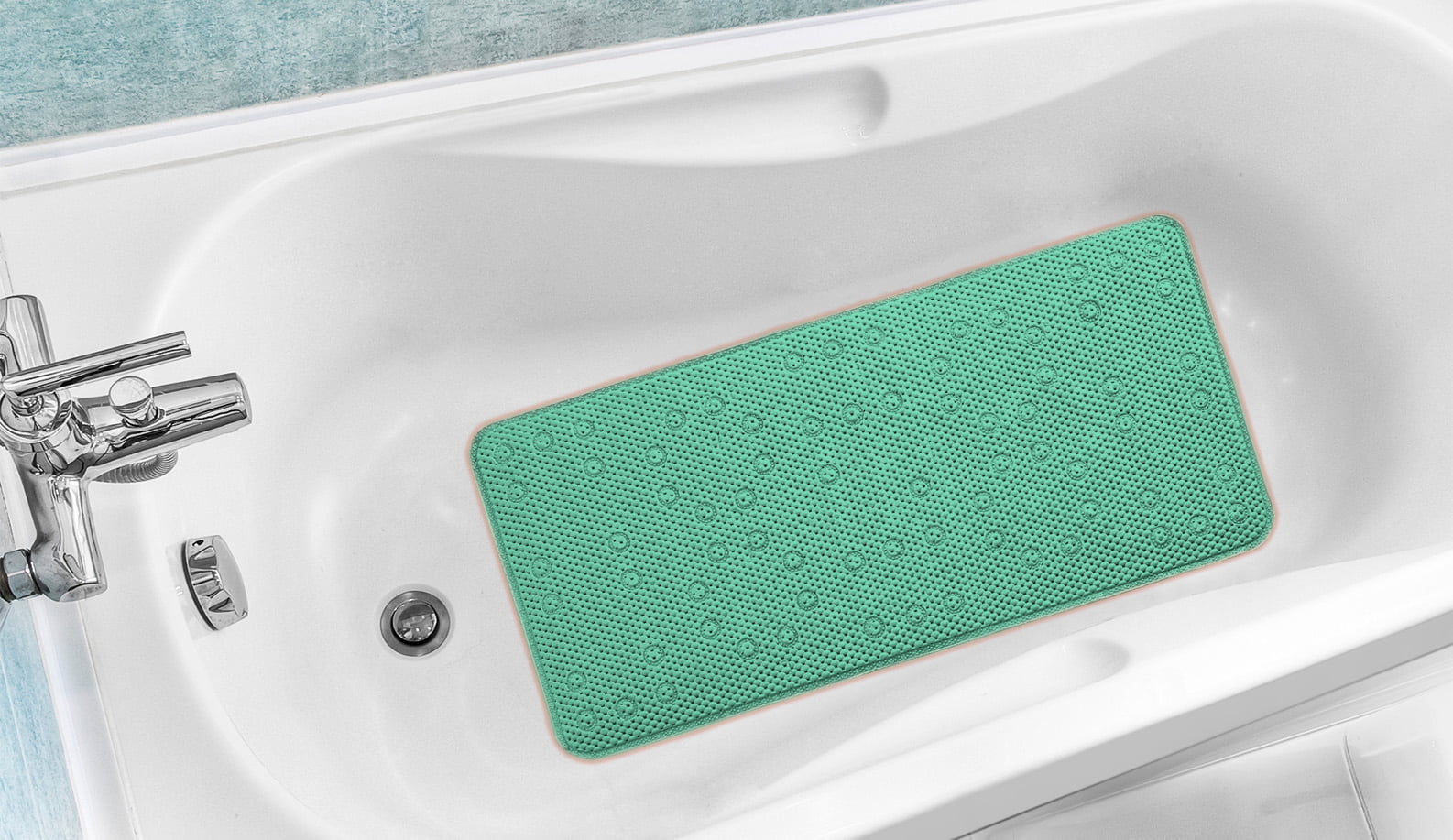
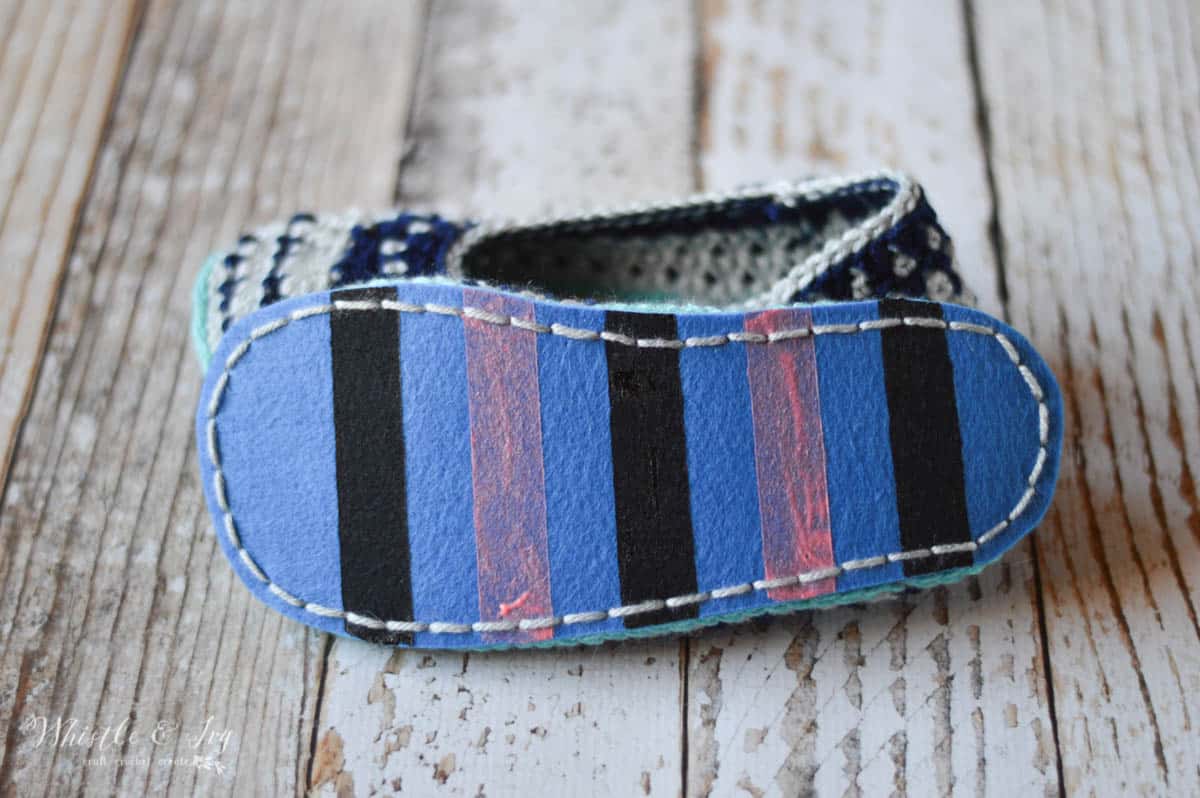
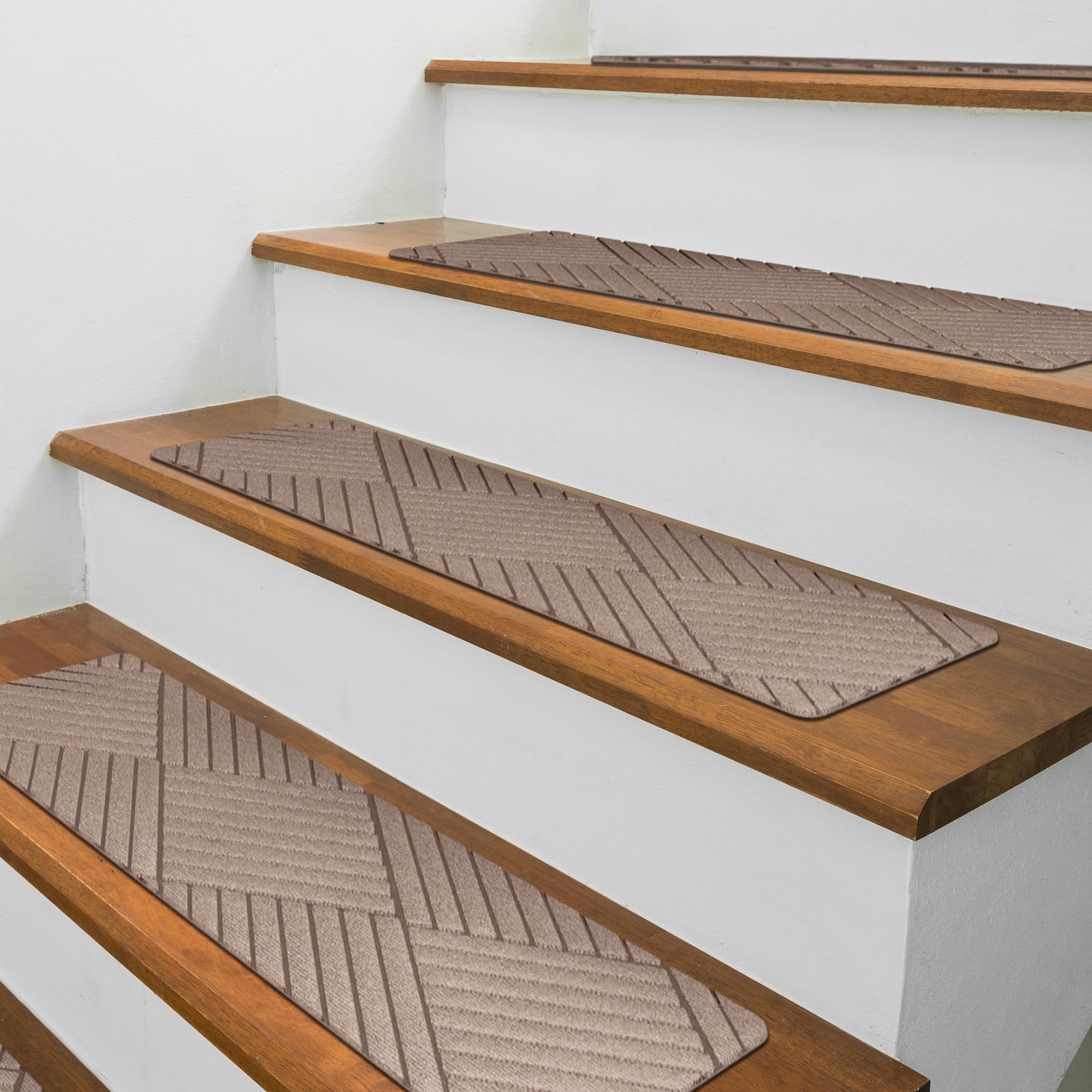
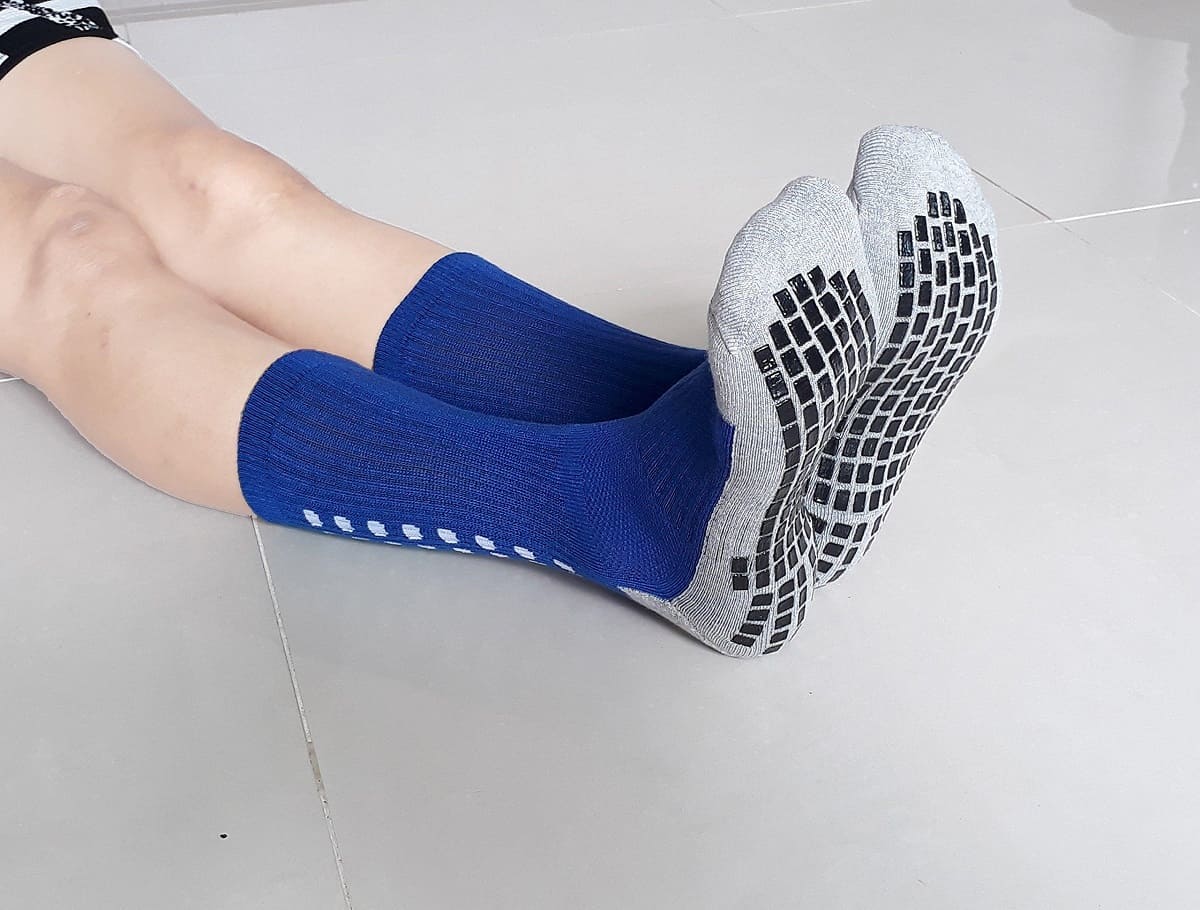
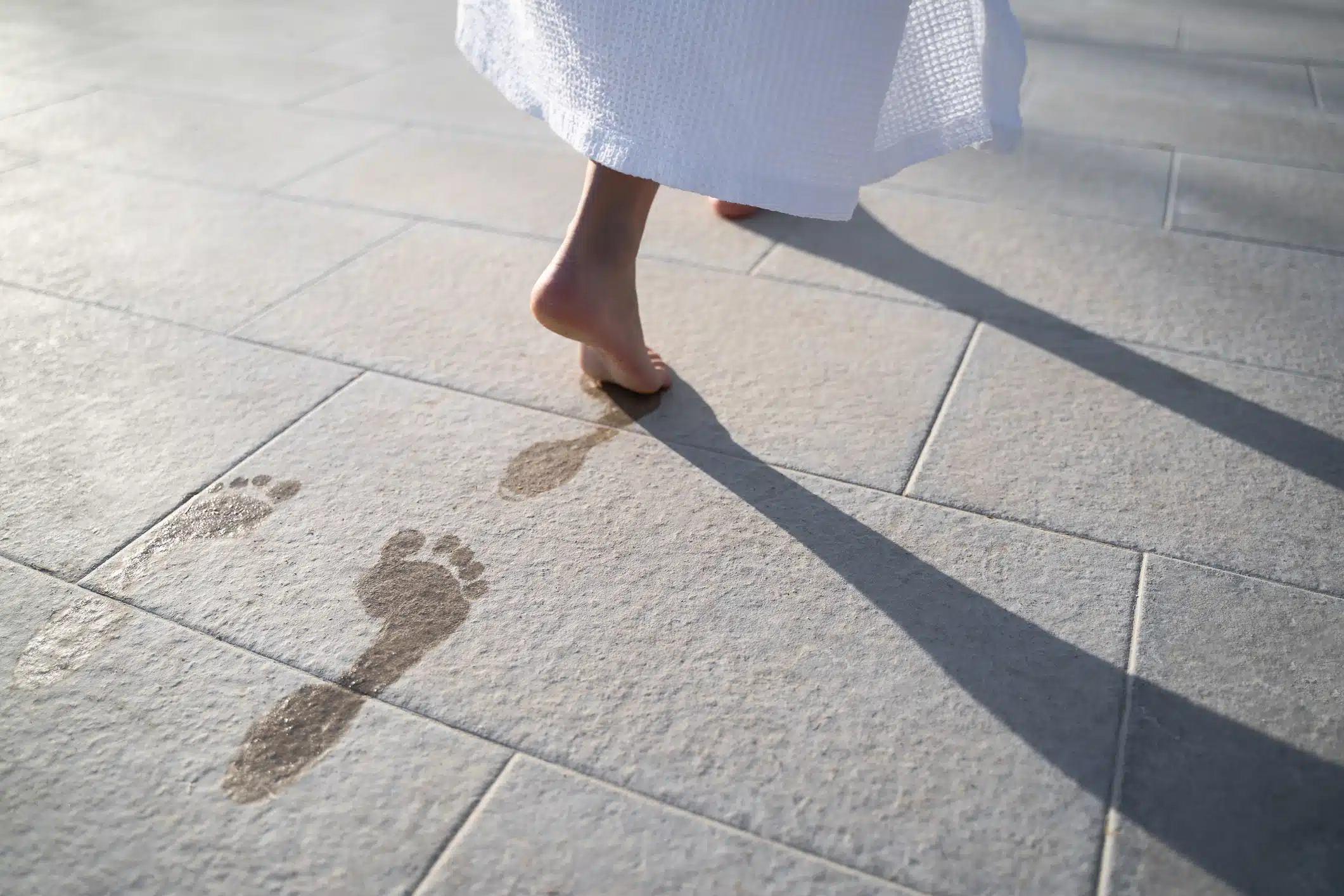
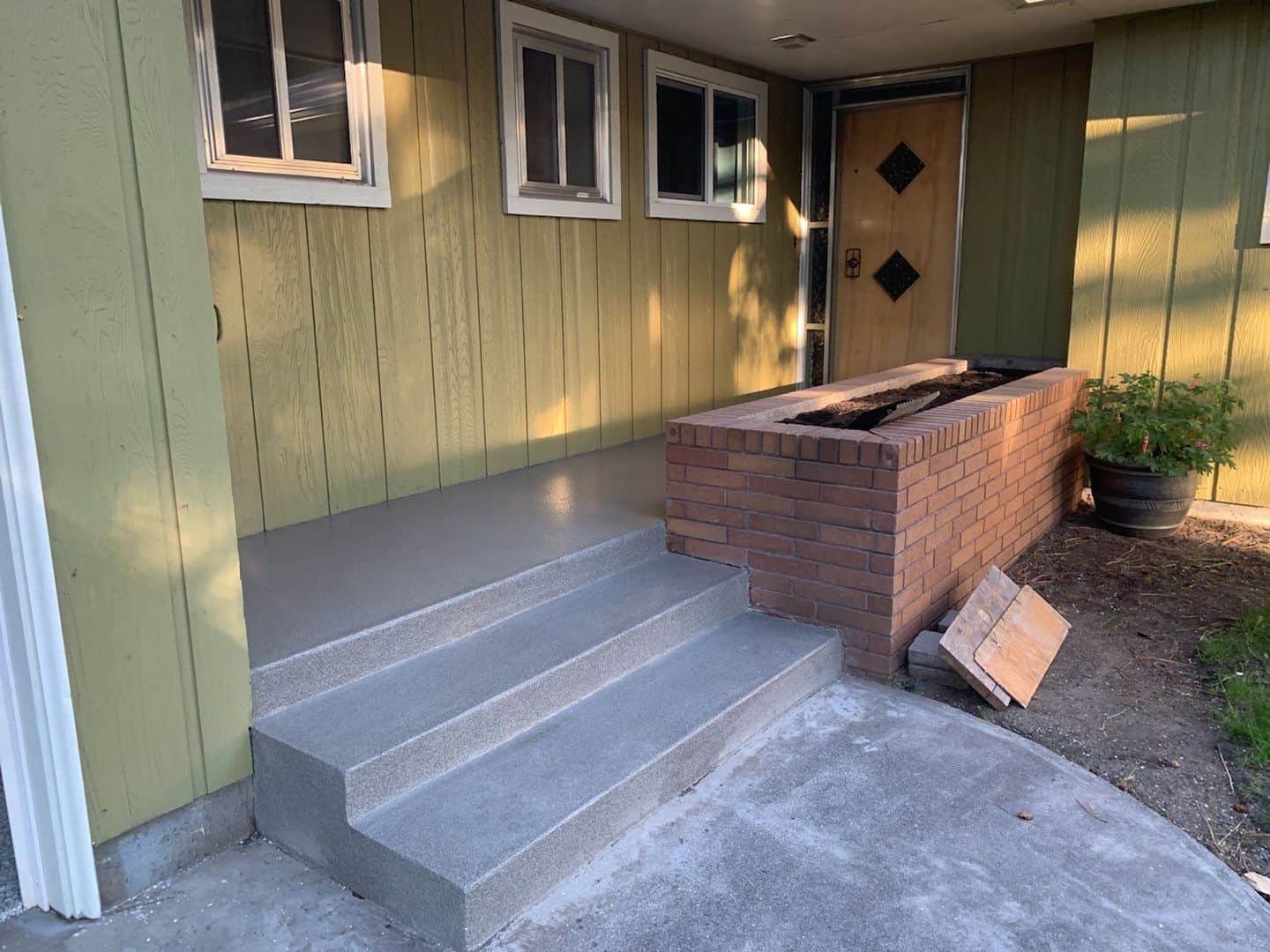
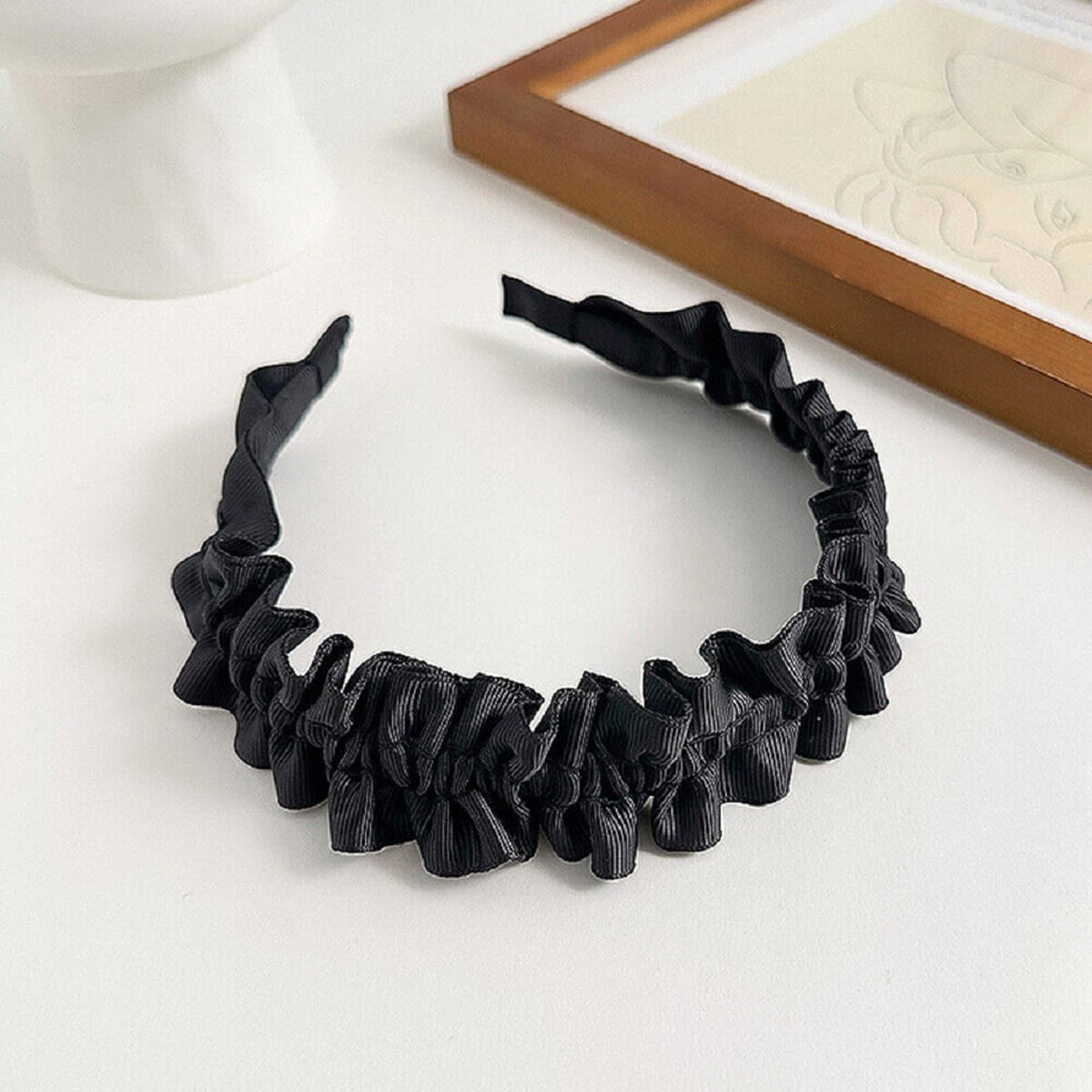


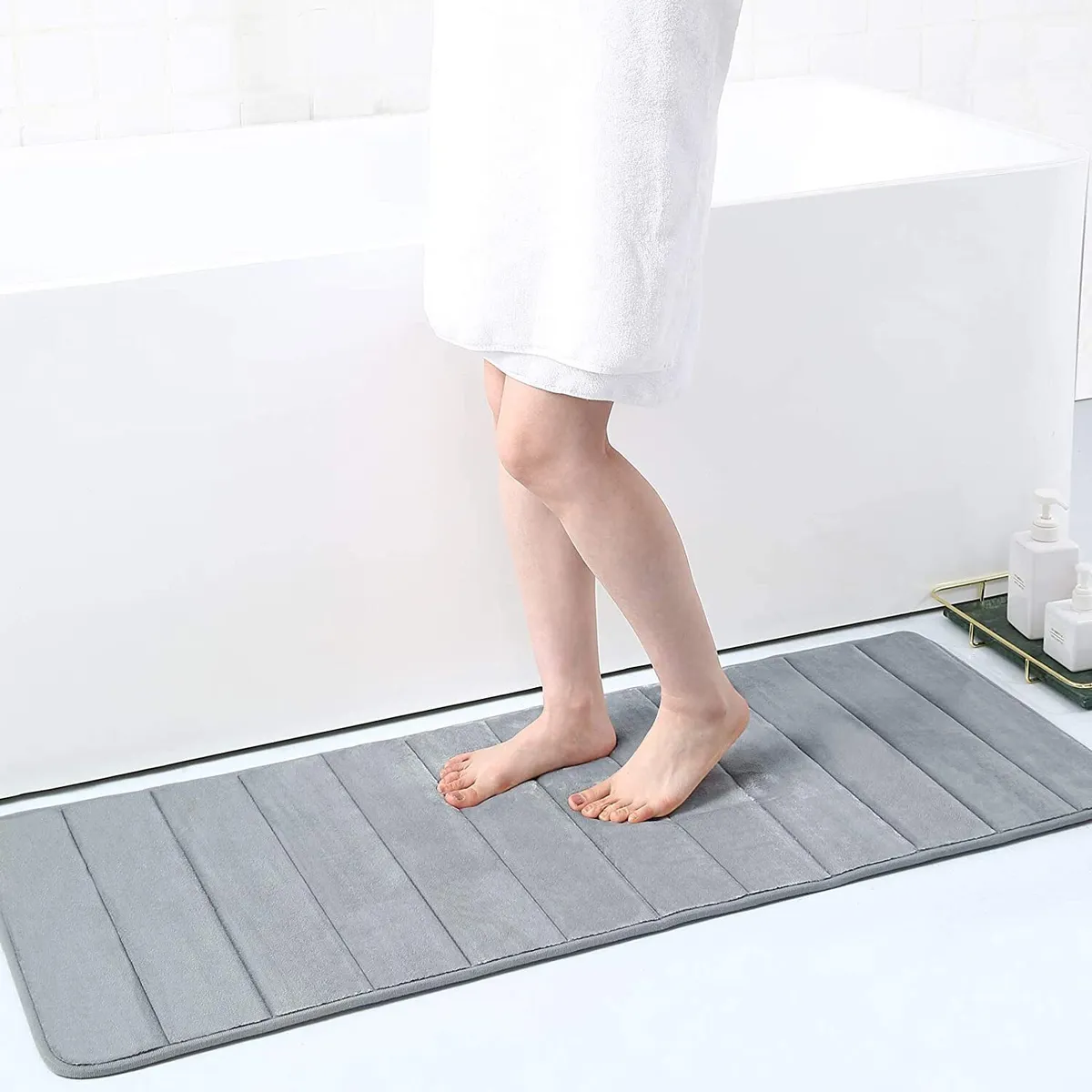
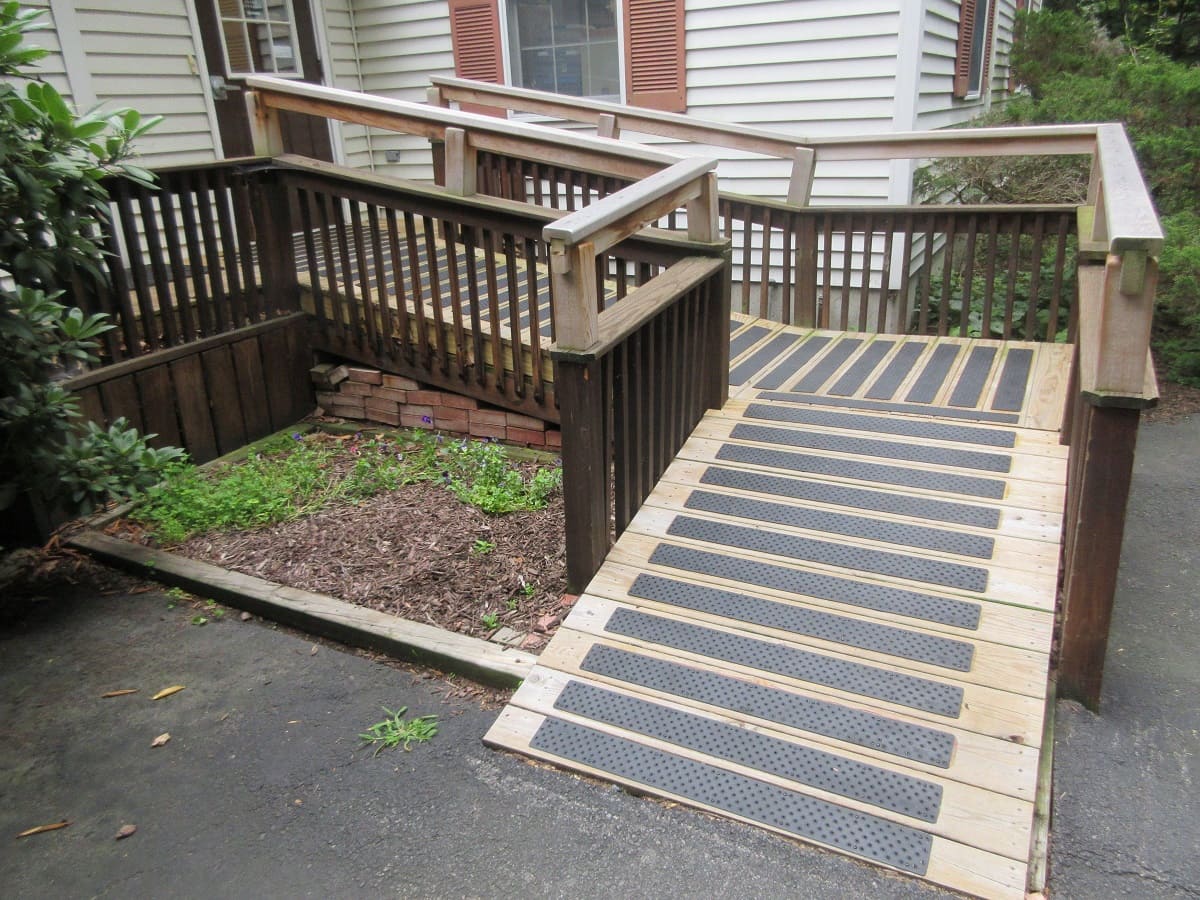
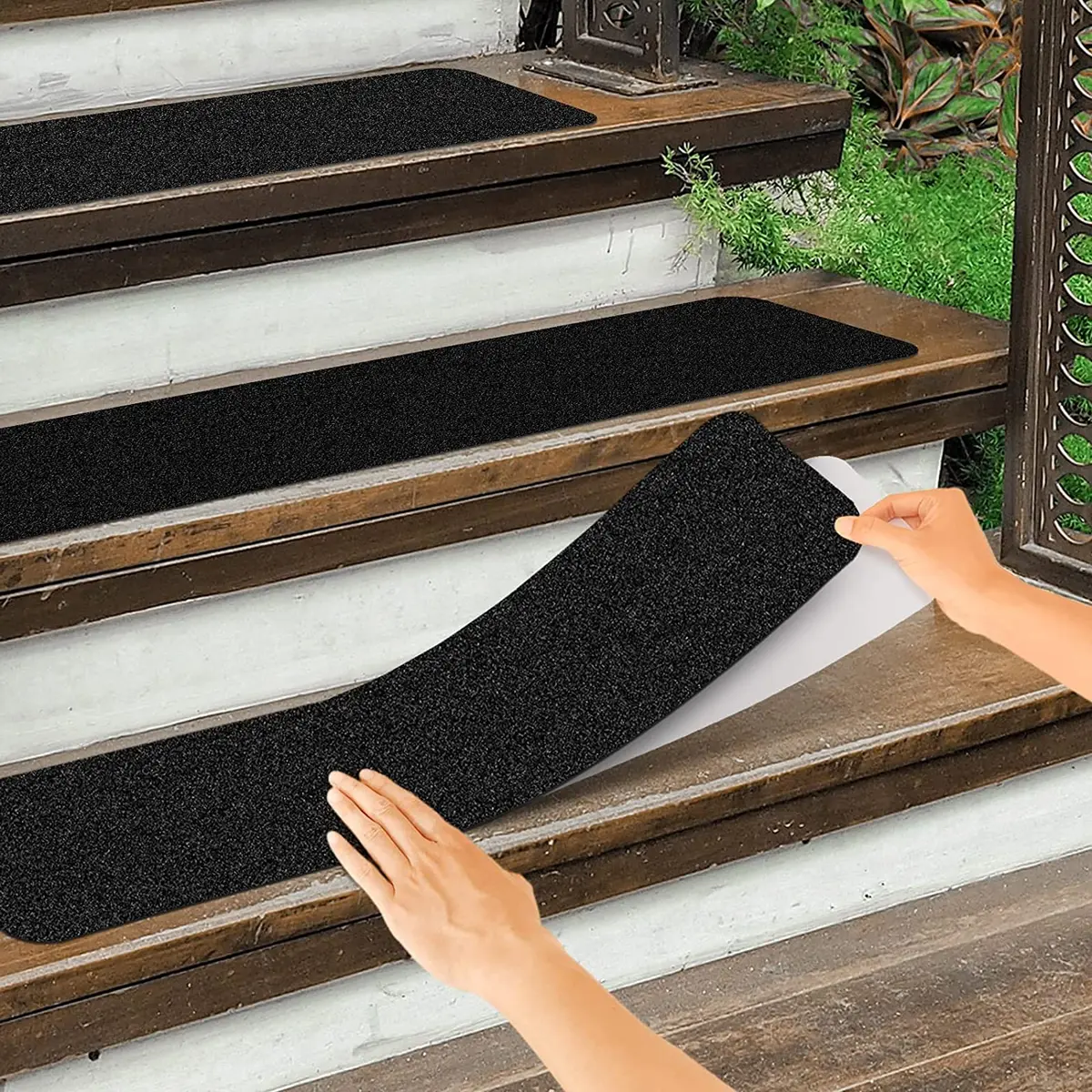


0 thoughts on “How To Make Glass Non-Reflective”